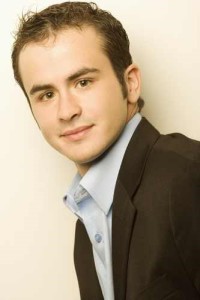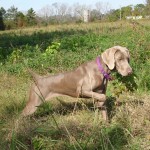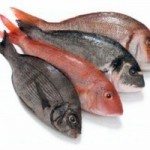 When Donald Leon Farrow is not working as a nurse anesthetist, he enjoys studying and practicing photography. Recently Donald Leon Farrow shared with Interviews and News his thoughts on indoor photography vs. outdoor photography and the lessons he’s learned about adjusting for the differences in lighting.
When Donald Leon Farrow is not working as a nurse anesthetist, he enjoys studying and practicing photography. Recently Donald Leon Farrow shared with Interviews and News his thoughts on indoor photography vs. outdoor photography and the lessons he’s learned about adjusting for the differences in lighting.
Interviews and News: What is it about photography that you particularly enjoy?
Donald Leon Farrow: Photography is more of a creative outlet; I find it very relaxing and fascinating. Photography is an art form that can absolutely rivet observers – as they are transported to experience some portion of what the photographer saw in taking the picture.
Interviews and News: What does it take to shoot great photos?
Donald Leon Farrow: Deliberately successful photos require an understanding of subject composition, basics of camera operation and lighting – and how the camera processes light.
Interviews and News: Is it better to take photos using outside lighting or inside lighting?
Donald Leon Farrow: It depends on the photographer, the subject and what the photographer is trying to convey. For my purposes – I prefer outdoor lighting for a very natural effect. Outdoor lighting can be used to enhance indoor photography, and targeted light can be used outdoors.
Interviews and News: What’s the difference, lighting-wise?
Donald Leon Farrow: For me, outside light – used correctly – is more relaxing because it’s more of a shared experience. These photos are more natural. Pleasing effects with artificial indoor light generally require a higher level of equipment and understanding of lighting dynamics.
Interviews and News: So outdoor photography is easier?”
Donald Leon Farrow: Not necessarily. Lighting dynamics apply to outdoor photography as well, and include understanding the effect of this light, which includes harsh light (direct noonday sun), softer diffused light (very cloudy days) as well as a setting or rising sun. It’s also important to understand camera dynamics and how aperture and lenses process light.
Interviews and News: Can outdoor light be aimed?
Donald Leon Farrow: Yes, the photographer works with the direction of the sun, and can stage reflectors (reflective panels). These panels would be used to operate on the same principle as supplemental lighting (lights) for indoor photography.
Interviews and News: If sunlight is available indoors, is it better to use that than the flash?
Donald Leon Farrow: It depends on the subject. Natural light will almost always result in a more natural looking photo. Today’s digital cameras have a greater range when it comes to processing natural light. This allows the photographer to work in lower light situations and still produce quality results. At a certain level of darkness – artificial supplemental lighting will be required.
Interviews and News: What time of day strengthens color?
Donald Leon Farrow: For outdoor lighting, the times just following sunrise and then just prior to sunset are best. The red sun produces a warm glow that’s preferable to direct sunlight.
Interviews and News: What helps to produce great indoor photos?
Donald Leon Farrow: For studio lighting, photographers can learn to light a studio in a way that takes great pictures. This set-up can include background lighting to eliminate shadows and light the subject, as well as strobe lighting – triggered to the camera shutter. Strobe lighting is crafted by the photographer as she / he positions these lights. The strobe effect is triggered when the camera shutter is pressed, so this brighter light is not constantly burning. Of course, the photographer must understand camera operation and adjustments to achieve this. With digital photography – it’s easier to experiment as results of a photo are immediately visible.
Donald Leon Farrow is a graduate of the Keiser University School of Nursing, and the School of Photographic Arts in Ottawa. He is a traveling nurse anesthetist and a freelance photographer.




